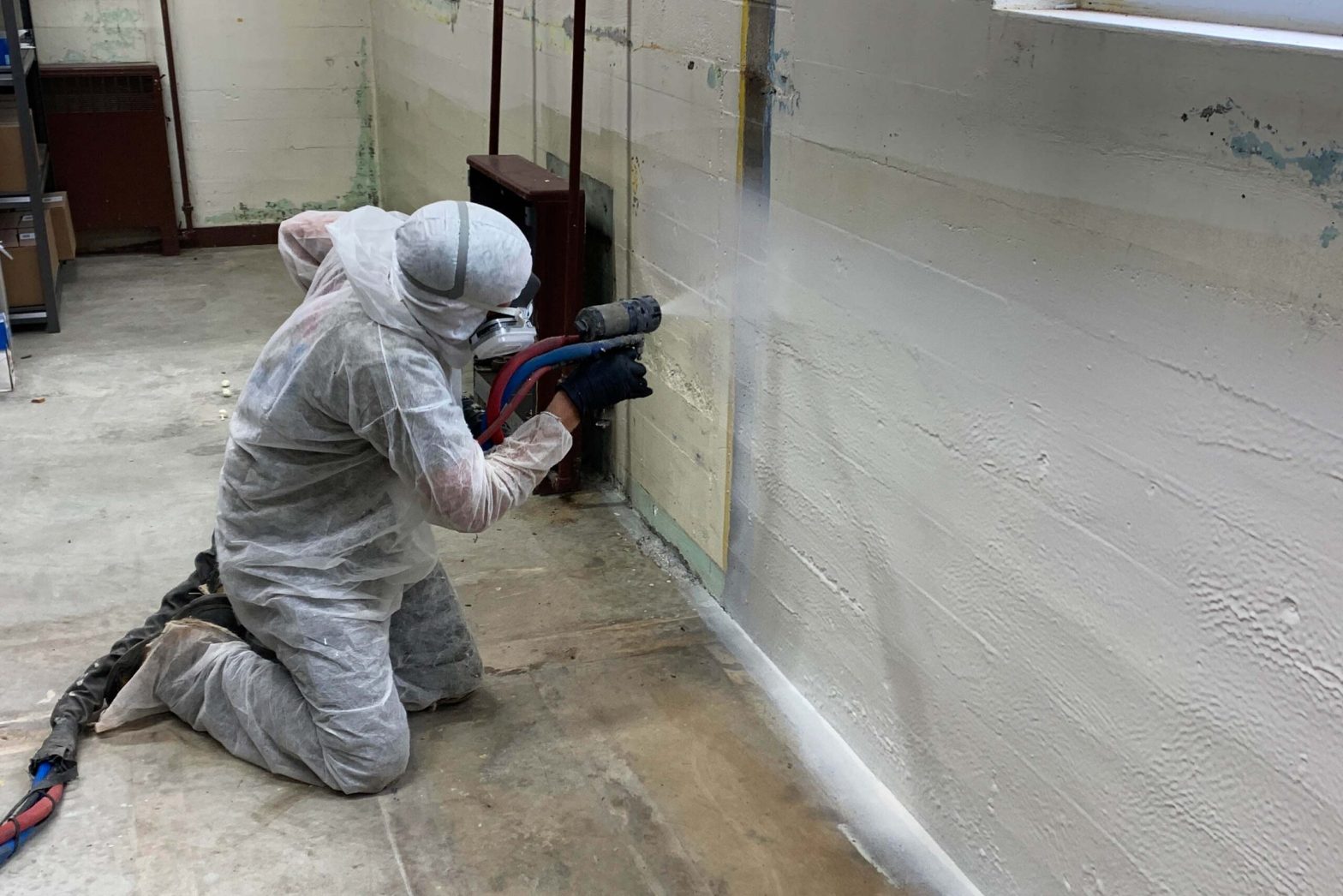Polyureas have swiftly emerged as a coveted coating option in many industries due to their exceptional durability and flexibility, as well as their quick curing time—a must for projects spanning from safeguarding pipelines to raising concrete structures off the ground effectively and efficiently! Yet handling polyureas demands training; comprehending the substance’s characteristics, mastering application methods, and recognizing its potential applications are key to attaining enduring outcomes.
Professionals undergoing training in applying polyureas focus on aspects of the process. Initially, they gain expertise in managing the material and controlling its curing characteristics. Polyureas differ from coatings as they solidify quickly post application, requiring precision and proficiency for a uniform finish. Training sessions provide applicators with insights into handling the substance during application, educating them on adapting to varying environmental conditions and promoting effective bonding of polyureas with surfaces.
Polyureas’ versatility in adhering to surfaces renders it a flexible remedy with applications across various sectors due to its distinct attributes that address intricate issues in diverse settings, nonetheless necessitating adept individuals to comprehend and adjust accordingly as polyureas exhibit varying behaviors contingent on the surface and environment conditions—a crucial aspect covered in the comprehensive training required for working with polyureas; whether coating pipelines or uplifting concrete structures entails a comprehensive understanding of how the substance interacts with the surface for a successful outcome.
Polymer coating plays a role in preserving pipelines as it excels in this area of application. Pipelines are crucial for transporting resources such as oil, gas, and water; thus, safeguarding them against corrosion and abrasions is paramount. Polymer coating provides a shield that repels moisture, deteriorating chemicals and physical harm. During training in pipeline coating application, specialists are trained to administer the material to ensure the pipeline’s durability against external elements that might cause leaks or ruptures. They also discover how to adapt to the pipelines changing size and width; this is why the flexibility of polyureas matters significantly in this context. The training equips operators with the skills to utilize polyureas for protection in challenging environments effectively.
Polyurea and polyurethane are frequently used to raise structures (concrete lifting) to address settling or shifting caused by soil movements over time without requiring complete slab replacement.
The level of accuracy needed when lifting concrete showcases the significance of receiving training for the task at hand. The foam injection process requires care to maintain a proper balance between pressure and volume to elevate the slab without harm. Adherents skilled in this technique possess the knowledge to oversee the expansion of foam attentively and make real-time adjustments to achieve the intended outcome. Once the foam solidifies, the concrete retains its stability, resulting in a durable repair job that stands the test of time.
Polyureas’ rapid drying time presents advantages and difficulties in its application process. Enabling project execution while demanding precision from professionals to avoid errors during spraying application sessions. During training sessions, professionals acquire proficiency in adherent techniques operating polyurea spray equipment. Ensuring a uniform layer of coating application. This skill set is crucial in extensive projects such as industrial flooring or container lining,, where any irregularities in the coating may result in future problems.
Polyurea training focuses on the significance of preparing surfaces before applying the material.At this stage of the process it is essential that the surface is thoroughly cleaned, dried and free from any impurities, such as dirt or moisture.This step is crucial as any contaminants could hinder the adhesion of the coating, reducing its effectiveness. Training sessions highlight the importance of evaluating and readying surfaces before spraying the material.This preparation step is vital in endeavors like coating pipelines to ensure an adherence that guards, against corrosion and leaks.
Professionals undergoing polyurethane training learn about equipment used during the application process and prepare the surface beforehand.The application of polyurethane usually involves high-pressure spray systems, and it’s crucial for professionals to know how to use this equipment effectively.Training teaches them how to manage the machinery by adjusting pressure levels, temperature settings, and spray patterns to achieve outcomes.
Polyurea flexibility makes it suitable for a range of uses in industrial and residential settings—sealing basements or covering commercial rooftops due to its capacity to adhere well to different surfaces, making it a popular option for various projects. However, the effectiveness of utilizing this material in these scenarios relies heavily on the expertise and proficiency of the individual applying it. Training programs for polyureas provide professionals with the knowledge and skills required to apply the substance accurately resultin in top notch quality for each project completed.
An experienced polyurea applicator comprehends the strengths and weaknesses of the material well. Adeptly handles the quick curing nature of polyurethane to ensure proper coating bonding to surfaces for durable long-term protection. In sectors such as oil and gas, where pipelines require protection from factors, or in residential environments for rejuvenating concrete surfaces, training in polyurethane equips applicators to offer efficient solutions.
In summary, It’s crucial for experts aiming to use polyurea in fields to undergo proper training sessions. Taking on tasks like safeguarding pipelines from rust or raising submerged concrete demands expertise and meticulousness. Polyureas possess qualities that render them highly effective. However, a successful application calls for proficiency and accuracy. Professionals acquire the skills and know-how through training sessions. This enables them to utilize polyureas,, resulting in top notch project outcomes that stand the test of time.

